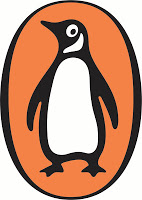For those of you who love brand trivia, your question for the week is :
What is the connection between Wheaties, Chesterfield Cigarettes and Jelly Belly beans?
The answer is of Ronald Reagan.
Wheaties helped launch his Hollywood career, his fame helped make his a desirable famous endorser of Chesterfiled cigarettes and then Jelly Belly became his jelly bean of choice as he overcome craving when giving up smoking.
The reason for the question… In an earlier blog I told the story of Jelly Belly (Friends in high places) and followed it up with part of the Wheaties story (Friends in high places Part II) , so for nayone interested here is a fuller version of the origins of Wheaties.
The accident, the neighbourhood walk and the future President
Wheaties, that most American of breakfast cereals known as the ‘Breakfast of Champions’, was the unlikely outcome of an accident and owes much of its success to a leisurely neighbourhood walk. Ronald Reagan is in its debt as it helped launch his Hollywood career (and we know where that ultimately led).
The Wheaties story begins in 1921, in Minneapolis, where a health clinician was mixing a batch of bran gruel for some of his patients when he accidentally spilt some of the mixture onto a hot stove.
Before he could clean it up, the gruel started to crackle and sizzle and soon turned into crisp brown flakes. Rather than throwing the flakes away, he tried one, liked it and immediately started to wonder if there might be a bigger opportunity for his new ‘product’.
He took the remaining crisped flakes to the nearby Washburn Crosby Company. The head miller there, George Cormack, liked the flakes too and could see their potential, if only he could overcome one major problem. The flakes were very weak and crumbled easily. His challenge was to keep the taste and crispness but to strengthen the flakes enough to prevent them from turning to dust inside a cereal box.
36 attempts later Cormack at last had what he thought was the perfect flake.
The name came courtesy of a companywide contest and the winner was Jane Bausman, the wife of the export manager. ‘Wheaties’ was chosen over numerous other suggestions, including ‘Nutties’ and ‘Gold Medal Wheat Flakes’.
Nine years on, the brand was doing pretty well when, enter stage left, Sam Gale, Marketing Manager taking an autumnal walk through his neighbourhood. It was a beautiful day and very peaceful but something was nagging away in Sam’s brain, something was amiss.
Then, in a flash of inspiration reminiscent of the famous Sherlock Holmes’ “dog in the night” moment, Sam realised what was wrong. Just as Holmes had noticed that what was wrong was the absence of the dog barking, Sam realised what was wrong was the absence of people. Despite it being a beautiful day nearly everyone seemed to be indoors.
Sam was intrigued as to what was keeping them inside on such a day. He soon realised that what they were doing was listening to the World Series Baseball match on their radios.
In a further leap of imagination he immediately recognized a new opportunity, here was an opportunity for Wheaties to reach a huge audience.
So began Wheaties sponsorship of baseball broadcasts, which soon evolved into featuring athletes on the box, and the creation of hero “Jack Armstrong —All American Boy.”
 One of the side benefits of the contract for that original sponsorship for the broadcasts of all Minneapolis Millers games on WCCO radio was a large advertising poster at the ball park. Wheaties needed a slogan. Knox Reeves, an advertising executive at a Minneapolis-based agency, was given the task.
One of the side benefits of the contract for that original sponsorship for the broadcasts of all Minneapolis Millers games on WCCO radio was a large advertising poster at the ball park. Wheaties needed a slogan. Knox Reeves, an advertising executive at a Minneapolis-based agency, was given the task.
He took out a pad and pencil, sketched a Wheaties box, thought for not more than a minute, and then wrote “Wheaties – The Breakfast of Champions.” One of America’s most famous advertising slogans created in moments – it has lasted for years.
Gale and the rest of the Wheaties team were delighted, the slogan had caught on and the baseball broadcasts were immensely popular throughout the 1930s.
Though the broadcasts were originally only on just one station, they soon expanded to 95, spreading to teams and cities throughout the whole country. One of those stations was W.H.O. in Des Moines, Iowa. W.H.O. decided to run a competition and find their most popular broadcaster, for whom the prize would include an all expenses trip to Hollywood and a screen test.
The winner was a young broadcaster named Ronald “Dutch” Reagan. He left for Hollywood and never returned. “Wheaties – the Breakfast of Film Stars and Presidents” – now there’s a thought.
———-
and of course while he was he became one of the stars who promoted Chesterfield cigarettes 


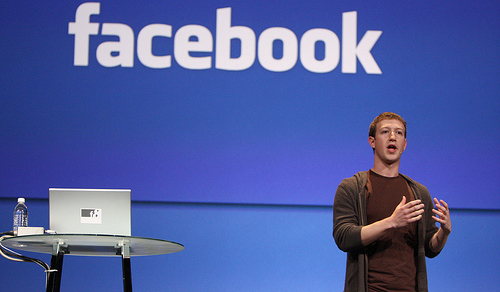
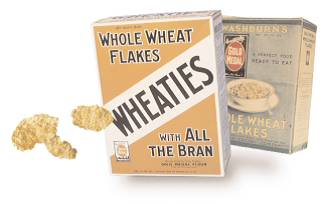
 One of the side benefits of the contract for that original sponsorship for the broadcasts of all Minneapolis Millers games on WCCO radio was a large advertising poster at the ball park. Wheaties needed a slogan. Knox Reeves, an advertising executive at a Minneapolis-based agency, was given the task.
One of the side benefits of the contract for that original sponsorship for the broadcasts of all Minneapolis Millers games on WCCO radio was a large advertising poster at the ball park. Wheaties needed a slogan. Knox Reeves, an advertising executive at a Minneapolis-based agency, was given the task. 
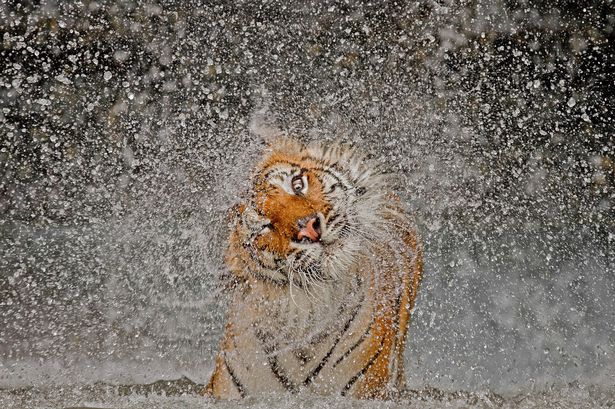



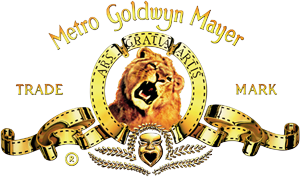

 Starting in 1957 and still going strong Leo is the not only the current lion but is MGM’s longest-serving lion. Like Jackie, Leo’s performances weren’t limited to his appearance in the logo, he appeared in several Tarzan movies, the Tarzan TV series, and other filmsas well.
Starting in 1957 and still going strong Leo is the not only the current lion but is MGM’s longest-serving lion. Like Jackie, Leo’s performances weren’t limited to his appearance in the logo, he appeared in several Tarzan movies, the Tarzan TV series, and other filmsas well.  In the late sixties there was a short lived attempt to replace the ‘live lion with a circular still graphic image of a lion known as “the stylized lion”. This logo appeared on three films including Stanley Kubrick’s masterpiece 2001: A space odyssey (1968). However that logo was soon dropped for MGM films and Leo was reintroduced. The stylized lion was however retained by the MGM Records division.
In the late sixties there was a short lived attempt to replace the ‘live lion with a circular still graphic image of a lion known as “the stylized lion”. This logo appeared on three films including Stanley Kubrick’s masterpiece 2001: A space odyssey (1968). However that logo was soon dropped for MGM films and Leo was reintroduced. The stylized lion was however retained by the MGM Records division. Other more humorous stand-ins have also made occasional appearances over the years including the Marx Brothers, a lion with blood-dripping fangs in The Fearless Vampire Killers, a croaking frog, Mimsie the Cat the in The Mary Tyler Moore Show, a meowing Tom in Tom and Jerry and Animal in The Great Muppet Caper.
Other more humorous stand-ins have also made occasional appearances over the years including the Marx Brothers, a lion with blood-dripping fangs in The Fearless Vampire Killers, a croaking frog, Mimsie the Cat the in The Mary Tyler Moore Show, a meowing Tom in Tom and Jerry and Animal in The Great Muppet Caper.